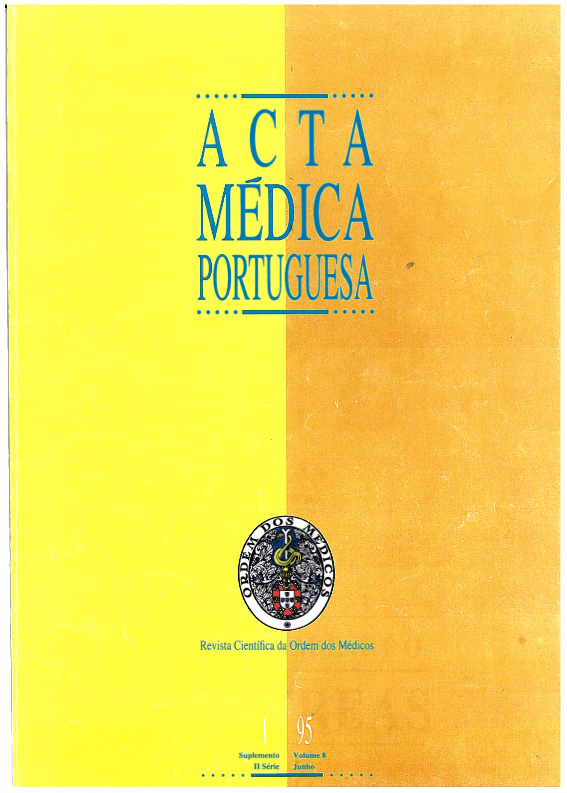The endocrine pancreas.
DOI:
https://doi.org/10.20344/amp.2779Abstract
The islets of Langerhans provide energy storage and disposal, and protection from plasma glucose excursions, especially hypoglycemia. Insulin-dependent diabetes mellitus (IDDM) results from autoimmune beta-cell damage. Prevention of IDDM has already been achieved in animal investigation and some centers are now screening and treating individuals at high risk for developing IDDM. Immunosuppressive drugs can induce transient remission of recent-onset IDDM. Intensive insulin treatment of IDDM delays the onset and slows the progression of long-term complications. Non-insulin dependent diabetes mellitus (NIDDM) is the result of beta-cell malfunction and is strongly associated with X syndrome. Diet and exercise are of undoubted importance in NIDDM prevention and treatment. Functional endocrine tumors of the pancreas (FET) are rare hormone and peptide-secreting neoplasms. These peptides may or may not occur naturally in the islets. FETs often occur with multiple endocrine neoplasia 1 (MEN 1) so that MEN-1 screening should always be performed, and extended to family members whenever diagnosed. Drugs--alcohol, insulin and sulfonilureas--are the main cause of hypoglycemia. Insulinoma is the main cause of post-absorptive organic hypoglycemia. Non islet-cell tumors seldom cause hypoglycemia. Insulinoma often is a solitary tumor, but it may be multicentric and may coexist with cell hyperplasia and nesidioblastosis. Symptoms of neuroglycopenia may be mistaken for neuropsychiatric disease. The diagnosis is based on confirmation of post absorptive hypoglycemia and hyperinsulinism. Gastrinoma causes Zollinger-Ellison syndrome (ZES) which is characterized by fulminating peptic ulcer disease. The tumor is often malignant, and it may be multicentric and may occur with cell hyperplasia and nesidioblastosis.(ABSTRACT TRUNCATED AT 250 WORDS)Downloads
Downloads
How to Cite
Issue
Section
License
All the articles published in the AMP are open access and comply with the requirements of funding agencies or academic institutions. The AMP is governed by the terms of the Creative Commons ‘Attribution – Non-Commercial Use - (CC-BY-NC)’ license, regarding the use by third parties.
It is the author’s responsibility to obtain approval for the reproduction of figures, tables, etc. from other publications.
Upon acceptance of an article for publication, the authors will be asked to complete the ICMJE “Copyright Liability and Copyright Sharing Statement “(http://www.actamedicaportuguesa.com/info/AMP-NormasPublicacao.pdf) and the “Declaration of Potential Conflicts of Interest” (http:// www.icmje.org/conflicts-of-interest). An e-mail will be sent to the corresponding author to acknowledge receipt of the manuscript.
After publication, the authors are authorised to make their articles available in repositories of their institutions of origin, as long as they always mention where they were published and according to the Creative Commons license.









